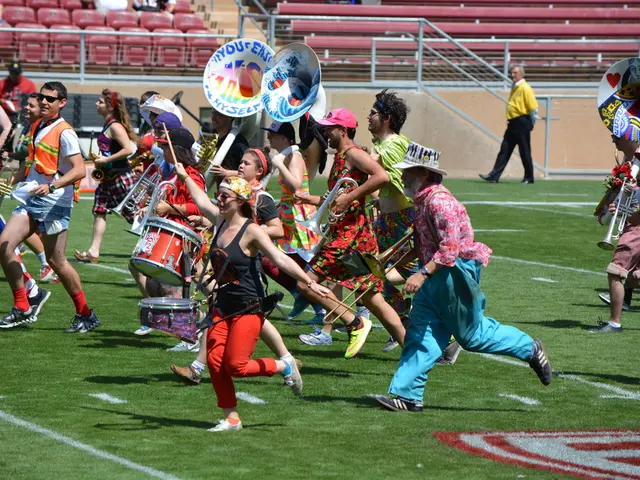Exciting Hands-On Explorations in Kindergarten Science Class
Kindergarten science activities are a fun and engaging way to introduce children to basic scientific concepts. These experiments are inexpensive, quick to set up, and use common household supplies, making them perfect for young learners.
One popular activity is the **Sink or Float** experiment, which teaches children about density and buoyancy. Kids collect household objects and predict whether they will sink or float in water. They then test each object in a pan of water and record the results.
Another fascinating experiment is **Bean Sprout Growth**. By placing bean seeds between damp paper towels on a tray near sunlight, children can observe sprouts emerge over about a week, learning about the role of sunlight, air, and water in plant growth.
The **Lava Lamp** experiment demonstrates oil and water density differences and gas formation, using a clear bottle, water, vegetable oil, food coloring, and fizzing tablets. Watching the colorful bubbles float and sink is a captivating sight for kindergarteners.
The **Surface Tension with Pepper and Soap** activity showcases the way soap breaks water’s surface tension. By sprinkling black pepper on water and touching it with a finger dabbed in liquid soap, children can see the pepper scatter, illustrating the power of soap.
The **Popsicle Melting** experiment is a seasonal science activity that teaches children about the states of matter. By placing a popsicle outside in the sun and observing it melting from solid to liquid, children can discuss the effects of heat and what changes occur.
Other experiments cover a wide range of science topics, including weather, animals, measurement, magnets, life cycles, and more. For instance, the **Weather Chart & Graphing** activity encourages children to track daily weather and use charts and graphs to visualize changes over several days, teaching observation and patterns in weather changes.
These experiments combine hands-on engagement with simple materials, making them perfect for kindergarteners while covering a wide range of science topics from biology to physics and earth science. They encourage observation, prediction, and basic recording to build early scientific thinking skills.
By participating in these experiments, kindergarteners can learn about the world around them in a fun and interactive way, fostering a love for science from a young age.
- Through the 'Sink or Float' experiment, kids can learn about density and buoyancy, identifying household objects that will either sink or float in water.
- The 'Bean Sprout Growth' experiment teaches children about the importance of sunlight, air, and water in plant growth, as they observe bean sprouts emerging over a week.
- The 'Lava Lamp' experiment demonstrates oil and water density differences, along with gas formation, using common household items like a clear bottle, water, vegetable oil, food coloring, and fizzing tablets.
- The 'Surface Tension with Pepper and Soap' activity showcases the way soap breaks water’s surface tension, using day-to-day materials such as black pepper, water, and liquid soap.
- In the 'Popsicle Melting' experiment, children learn about the states of matter by observing a popsicle melting from solid to liquid in response to heat, particularly during different seasons.
- 'Weather Chart & Graphing' activity helps kids understand weather changes by requiring them to track daily weather and use charts and graphs to visualize patterns over several days.
- Kindergarten science education-and-self-development activities are not limited to experiments like 'Weather Chart & Graphing'; they also cover topics such as biology, physics, earth science, and even more specific subjects like animal behavior, measurement, magnets, and life cycles.
- Science experiments in kindergarten are designed to be both enjoyable and enlightening, combining hands-on engagement with simple materials to make learning about STEM subjects like science, technology, engineering, and math accessible and fun.
- These science activities for preschool and kindergarten aim to develop early scientific thinking skills by encouraging children to observe, predict, and record their observations in a fun and interactive manner.
- Exposing children to these science experiments at a young age fosters a love for learning and creates a positive association with education, helping set the foundation for a lifelong passion for science.




